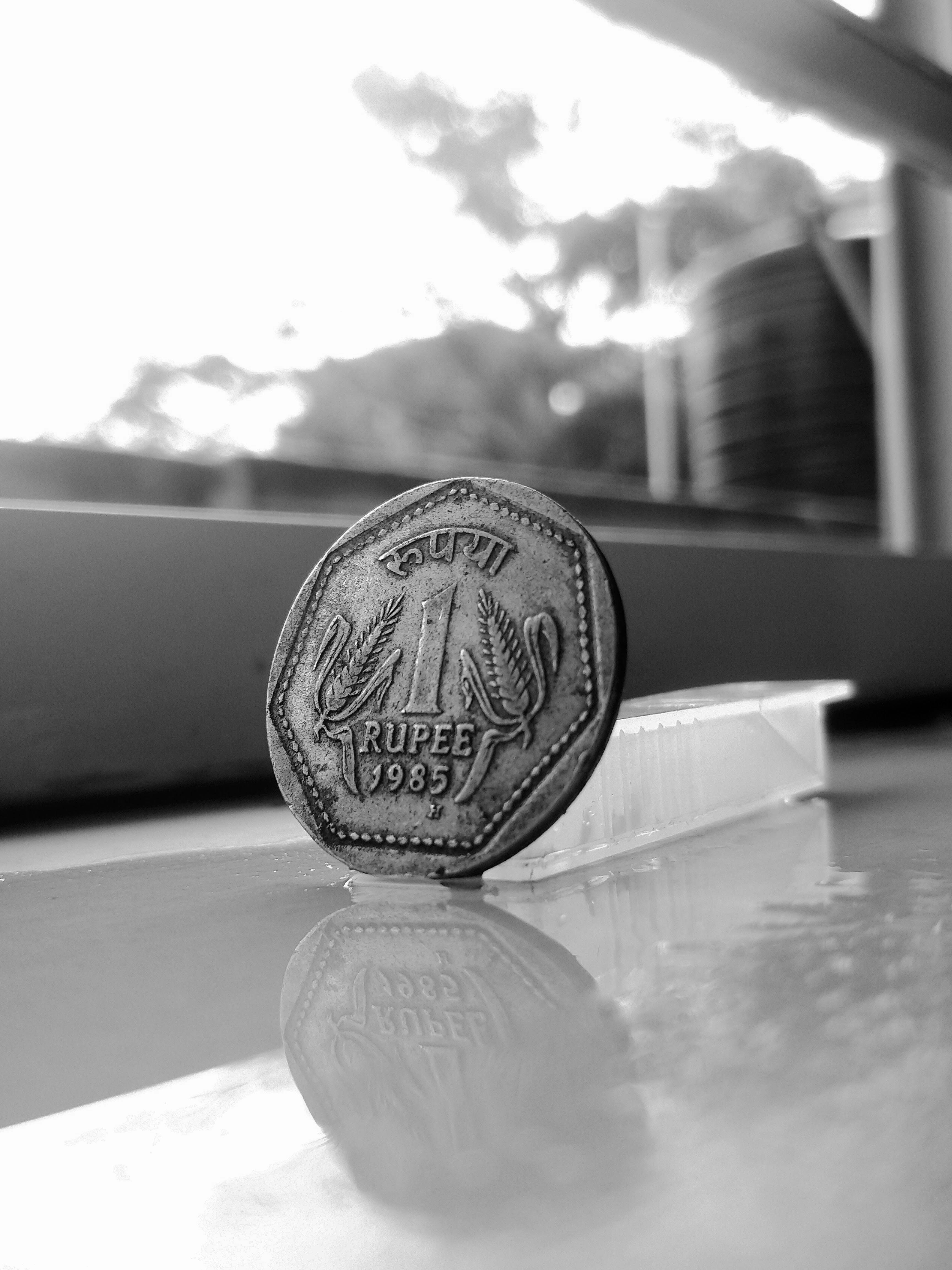
Overview of Rupee Movements
The Indian rupee has recently shown signs of recovery, ticking up against major currencies. This rise reflects a complex interplay of domestic and global factors, impacting the overall economic landscape. Observers are closely monitoring these fluctuations, as they signal potential shifts in economic stability and forecasts.
Factors Contributing to Volatility
Market analysts suggest that the current volatility in currency rates has surged to a two-year peak, primarily due to fluctuating global oil prices and shifts in investor sentiment. The anticipation surrounding upcoming fiscal policies and international trade agreements further adds layers of uncertainty. These dynamics contribute to the changing value of the rupee and provoke varied reactions in financial markets.
Implications for Investors and the Economy
The increase in volatility expectations is significant for both investors and the broader economy. A strengthening rupee can lower import costs, benefiting consumers and businesses reliant on imported goods. However, it may also challenge exporters by making their products costlier in foreign markets. As the rupee continues to fluctuate, stakeholders must analyze these trends cautiously to make informed decisions that align with their financial strategies.
Discover more from Techtales
Subscribe to get the latest posts sent to your email.